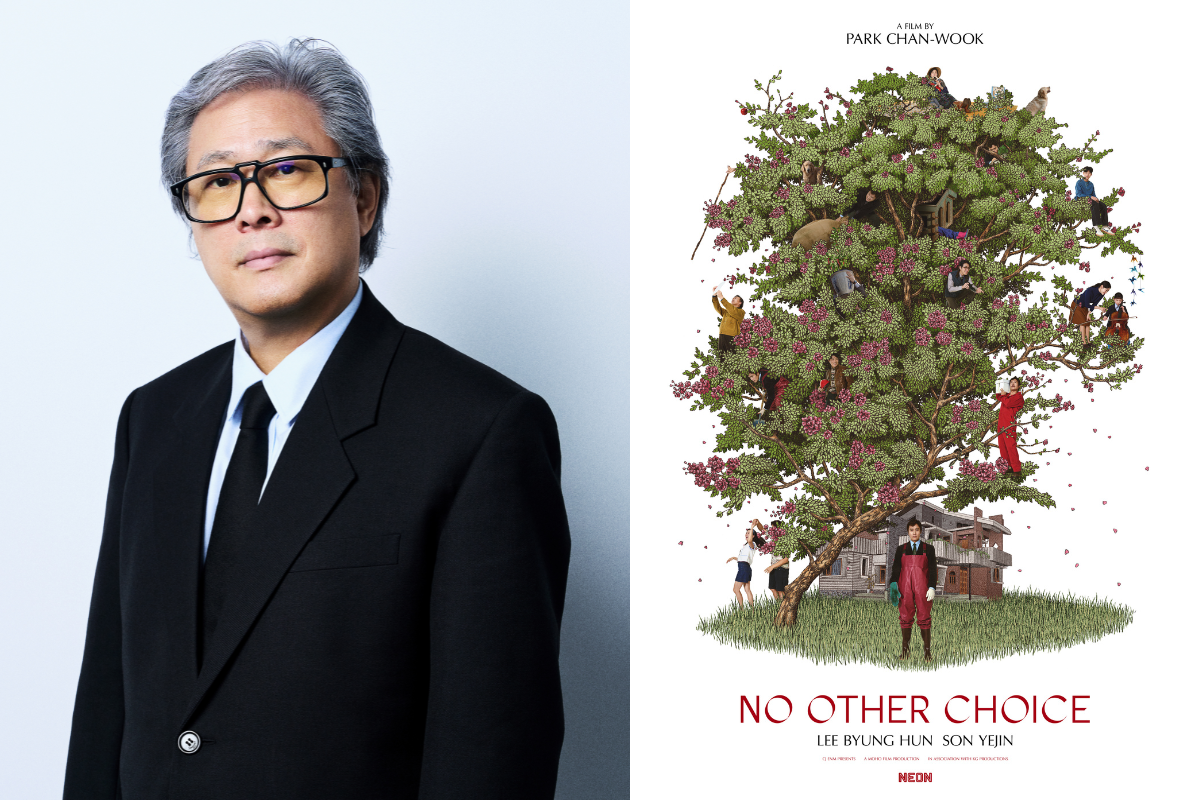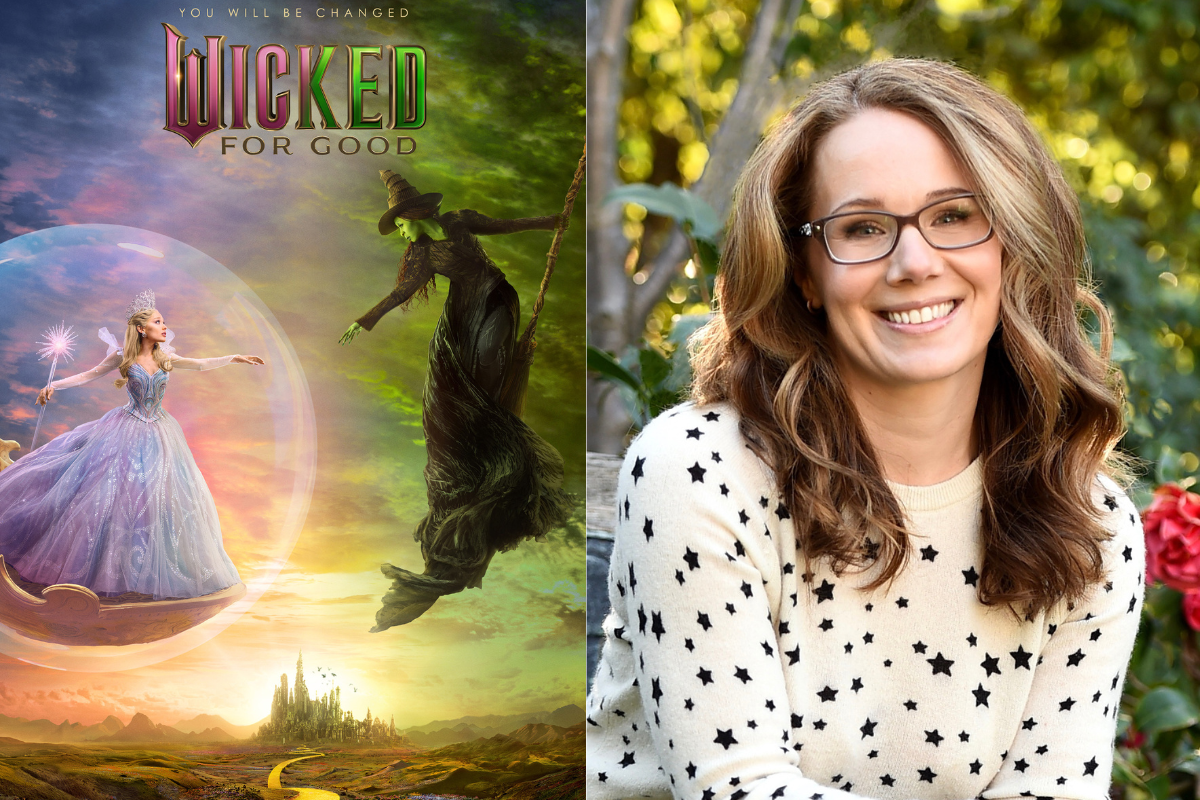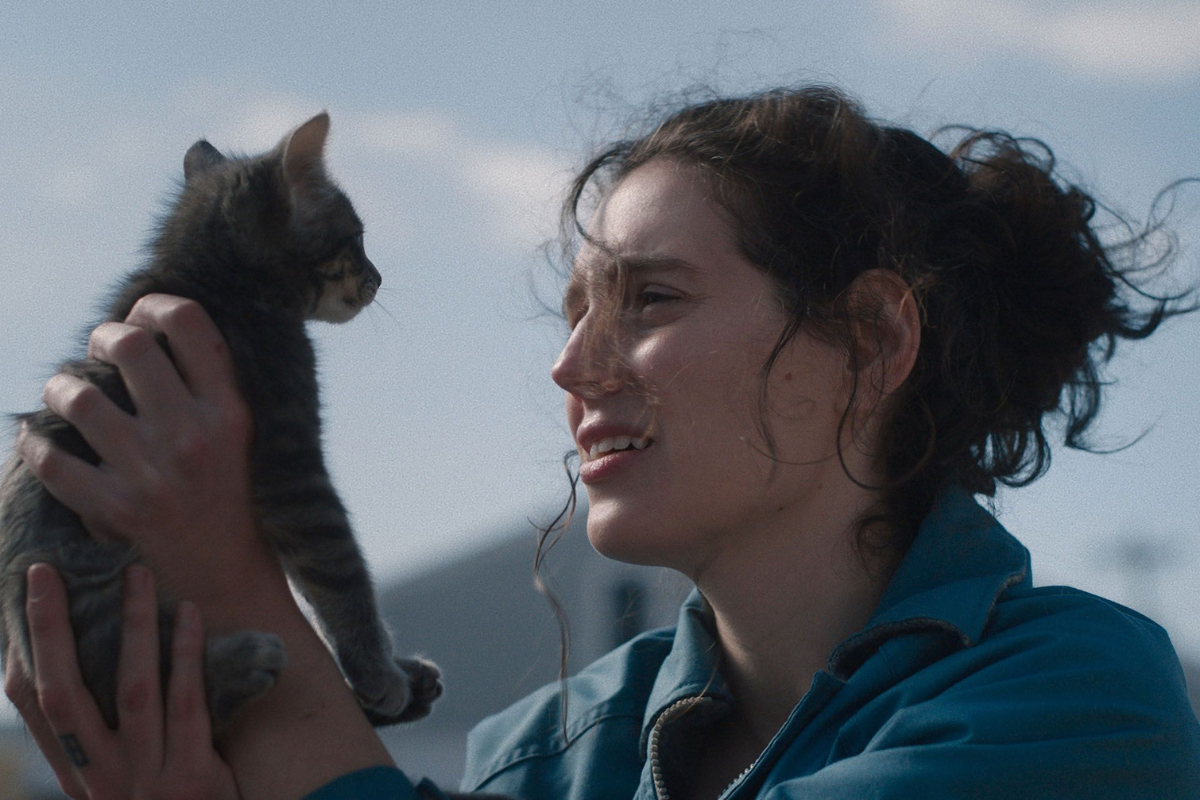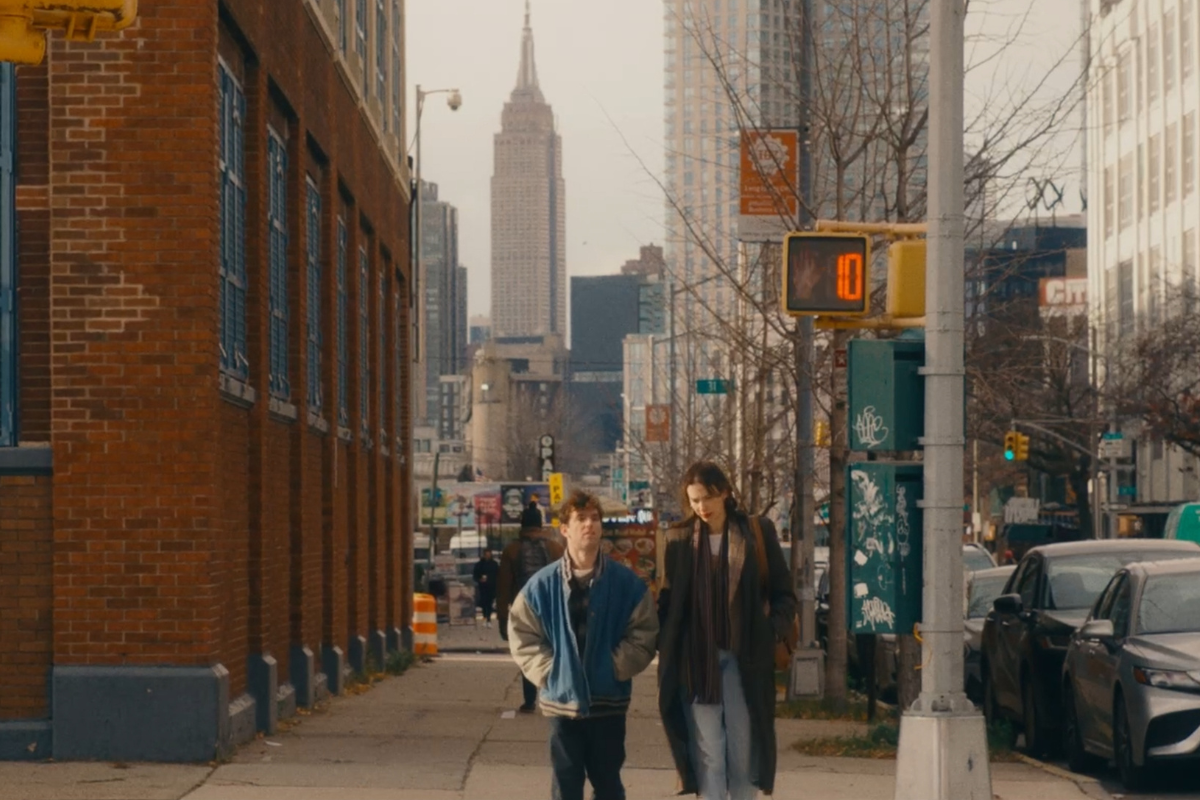INDIE SPOTLIGHT: Interview with ‘Borrego’ Writer-Director Jesse Harris
Lucy Hale stars as Elly, a young botanist on a research mission gone awry. After witnessing a drug mule’s plane crash in the Borrego desert, she is kidnapped and forced…
Lucy Hale stars as Elly, a young botanist on a research mission gone awry. After witnessing a drug mule's plane crash in the Borrego desert, she is kidnapped and forced on a dangerous journey to a remote drop off point. With limited essentials and alone in the desert with her captor, desperation for survival takes hold as Elly risks her life to escape from his clutches before the trip turns deadly.
Making his feature filmmaking debut at the age of seventeen, filmmaker Jesse Harris is back nearly two decades later on the narrative scene with his new film Borrego. A passion project, with a clear vision, Jesse made his movie against all odds. Not only is Jesse a filmmaker and established commercial director, but he's also the co-founder of the National Film Festival for Talented Youth (NFFTY), one of the largest and longest-running festivals for young filmmakers. I had the great pleasure of speaking with Jesse about making his new film Borrego by the way of writing the feature first and making a proof of concept, his collaboration with his cinematographer, and his filmmaking journey.
This interview has been edited for content and clarity.
Sadie Dean: Knowing that this was previously a short film, I assume this was a proof of concept to flesh out to a feature film?
Jesse Harris: Yeah, I wrote the script first, and then made this short as a proof of concept. I started writing the script in 2016 and then it took a couple of years to kind of get to a place where I felt like it was ready to go. My only other narrative work was the first feature I made instead of going to college when I was 17 years old, and so, that wasn't a very relevant thing to actually show to get the movie made. I knew I needed to shoot something to show off the style and the tone of this film. I basically wrote a little backstory for one of the characters from the scripts and made it into this short -that's kind of where the short came from. And it was essential in order to get the movie made, because people just hate reading stuff. So, if they can just watch a short and see it and get excited, you can sell them a lot easier. And it was helpful for Lucy Hale and other people like that, just to show them that I could make this and that they were in good hands. That's kind of how it all came about.
Sadie: The beauty of filmmaking. What was the timeline from getting investors on board, casting to production?
Jesse: After I did the short, which was in 2018, I was able to get Lucy attached with the help of a casting director. When Lucy's name came back, at first I was a little skeptical because I had only known her from Pretty Little Liars and didn't really know she could do this, but I watched some more of her stuff and I realized she really is incredibly talented, she just hasn't had really the right kind of stuff really, but you can see that she had it and then meeting with her I could also tell that. And then it would also allow me to fill the rest of the cast authentically with people that I liked that weren't as maybe famous, with kind of her value, which she had a lot of and so it still took a long time.
We had finally started to get it put together in the spring of 2020 and of course, COVID happened and we were at that time going to shoot it in California, which is where it is based obviously but by the time we went to go try to make it, by the spring of 2020, it still was impossible to do it in California, because of the restrictions and permitting on the state property. So, we started looking at where else we could do it. And I looked at Spain a couple of years back, just because I had known there was this desert there that was famous for where they had filmed a lot of classics, old movies, spaghetti westerns, things like that. At the time, before the pandemic, it didn't make sense to go all the way to Spain, just to do that, right. But in this case, it was kind of perfect, because Europe was opening up again, and then starting to become a real estate option basically to go make it. I went to Spain end of August, early September to scout and we shot for five weeks, October or early November time period in 2020. And it was edited right afterward and did everything else through part of 2021. The budget on this is not very big, it looks a lot bigger than it is. Almost all the money went on to the screen, and we did as much as we could just to make it as exciting and thrilling and high production value as we could.
Sadie: The location is definitely a character within itself. And it's beautiful and vast, and you feel immersed with these characters. There are some moments that you let it sit and Lucy plays to that emotion all in her eyes. And you feel for her loss because of this unexpected bond she forms with Leynar’s character Tomas.
Jesse: Thank you. That was always really the intention. Personally, I don't like very cutty things anyway. The intention was always to really play as much as we could in either a two-shot or something that could do it all. Or if that wasn't the case, cut as little as possible, back and forth between people, and let the performances play because I knew they were going to be so good with the actors we had. In terms of the location too, it was very intentional that when we shot that it had a lot of depth of field, we purposely didn't want to throw the background out of focus. You really felt like you were in it. We shot on the ALEXA Mini LF (large format), so it had that really wider field of view and can see more of the landscape even in a close up, basically.
Sadie: What was the collaboration process like with your cinematographer Octavio Arias?
Jesse: This was his first feature. I had never worked with him before because we went to Spain, we basically had to use an entirely Spanish crew. We didn't bring any crew from the US. So, I obviously looked at his work and within two seconds of being on a Zoom with him, I knew that this is the guy I wanted to hire because it’s almost like we turned on the Zoom and we just looked at each other, we didn't even say anything, we just kind of smiled at each other, and we instantly I think we get each other. And we had this amazing relationship.
It was obviously a very tough movie to make. And it was different because he wasn't like some experienced DP, less experienced in narrative kind of storytelling, but we were just so aligned on the same vision for how it to look, and we kind of knew how to get there. Even if we didn't have the experience necessarily to back that up. We just had those instincts. We were really on the same page in terms of the style, in terms of both the look and feel, very naturalistic, partially for budget and timing, but also to go into the style. We really didn't use any lights on this movie. Daytime, zero lights, and zero bounce and reflection. He was really good about using the sun and figuring out the time of day when we could allow the schedule to really shoot and use the sunlight and use the shadows to light the scenes. And at night, we also didn't want that really fake moonlight kind of look. We did use some lights for a gentle moon effect, but we didn't want to have that very super over lit bright stuff. Using the ALEX Mini LF does have a little bit more latitude with low light. And my style too in general is a more classical style, I didn't want handheld and I really don't like when the camera moves in a distracting way and so I wanted things to be more supported. The intention was to do almost everything on track and dolly moves but because of how little time we had to shoot we ended up doing a lot more stuff on steadicam, it also allowed us to do some things we weren't expecting. I spent months shot listing every thing in this movie and planning it all out. I went into it with a strong vision and plan which I think allowed us to adjust and still keep that style we wanted but pull it off.
Sadie: You’ve achieved some incredible things as a filmmaker and serving the filmmaking community with your film festival NFFTY (National Film Festival for Talented Youth). What inspired you to become a filmmaker?
Jesse: When I was eight years old, I went to my neighbor's house, and he had a VHS camera. And that was the first time I had ever picked up a camera. I looked into the lens of it and I was like, ‘This is what I want to do for the rest of my life is make movies.’ I started basically getting my friends together and kind of shooting bigger and bigger home movies, whenever I could. And by the time I was in middle school, I shot like an hour-long movie. I never really liked school, I've always been kind of self-driven and doing things on my own. And so by the time it was time to kind of think about going to college, I just didn't really want to. I was I was looking at some film schools, but I realized, why don't I just make a feature film? That would really be a calling card or show I've done this plus I would learn so much. The act of actually how to make a movie at the same time. It obviously took a lot of convincing my parents to agree that I should use that money that they would have maybe spent putting me in college for some time to make this movie. But I think they knew that because I was always so driven and dedicated to, whatever I was going to do, they knew I was going to do it one way or the other. And so, they supported me and I made this feature. It was made for $50,000 or something - a lot of money for me, and at the time, of course a 17-year-old but not a lot of money on a movie scale. But I still hired a professional crew in Seattle and local actors. It was an amazing experience - it really was my film school, I just learned so much and then it got picked up by a small distributor.
What really came from it was all these young filmmakers started hitting me up. They had heard this story after my film came out, and this was before even Facebook at the time, to find people and connect around the world was so much harder. And so, I realized that there were all these young filmmakers out there like me that I'd never known about, and I should do a little film festival or showcase or something for them. And at first, I was like, ‘OK, this will be just a side project,’ and I would continue my own film stuff. But then, so quickly, it just blew up, because there were so many filmmakers out there - there was nothing like it. I had to make this decision; do I keep doing the festival? Or do I keep trying to pursue my own film stuff? I knew that this was just too important, and it had this energy and it just felt like the right thing to do - work on this festival. So, I kind of stopped my own career, and spent the next seven or eight years building and growing this film festival based in Seattle, which quickly became the largest in the world for young directors, and it still exists. And it's an amazing thing and gave me a lot too, because I started getting relationships from that I also started, that's how I started directing commercials - I started getting all these brands to basically sponsor the film festival, I made all those relationships. I was able to kind of transition out of the festival running world and then into directing commercials. And that's what I've done for nearly a decade or so. As much as it is great to be able to make a living directing commercials, I wanted to get back to telling stories and narratives. And so that's where it came to me, ‘OK, I need to make something,’ but the only way I could make something is if I wrote the script myself. And then when my dad, who's this amateur botanist, was working in the Borrego desert, he told me about this plant that was growing up there, I had the whole thing kind of come to me, which was a crazy setup for why someone would move to a small town in the middle of nowhere. And then it all kind of built out from there.
Borrego is now available in Theaters, on Digital and On Demand.
Learn more about the craft and business of screenwriting from our Script University courses!
Sadie Dean is the Editor of Script Magazine and writes the screenwriting column, Take Two, for Writer’s Digest print magazine. She is also the co-host of the Reckless Creatives podcast. Sadie is a writer and filmmaker based in Los Angeles, and received her Master of Fine Arts in Screenwriting from The American Film Institute. She has been serving the screenwriting community for nearly a decade by providing resources, contests, consulting, events, and education for writers across the globe. Sadie is an accomplished writer herself, in which she has been optioned, written on spec, and has had her work produced. Additionally, she was a 2nd rounder in the Sundance Screenwriting Lab and has been nominated for The Humanitas Prize for a TV spec with her writing partner. Sadie has also served as a Script Supervisor on projects for WB, TBS and AwesomenessTV, as well as many independent productions. She has also produced music videos, short films and a feature documentary. Sadie is also a proud member of Women in Film.
Follow Sadie and her musings on Twitter @SadieKDean







